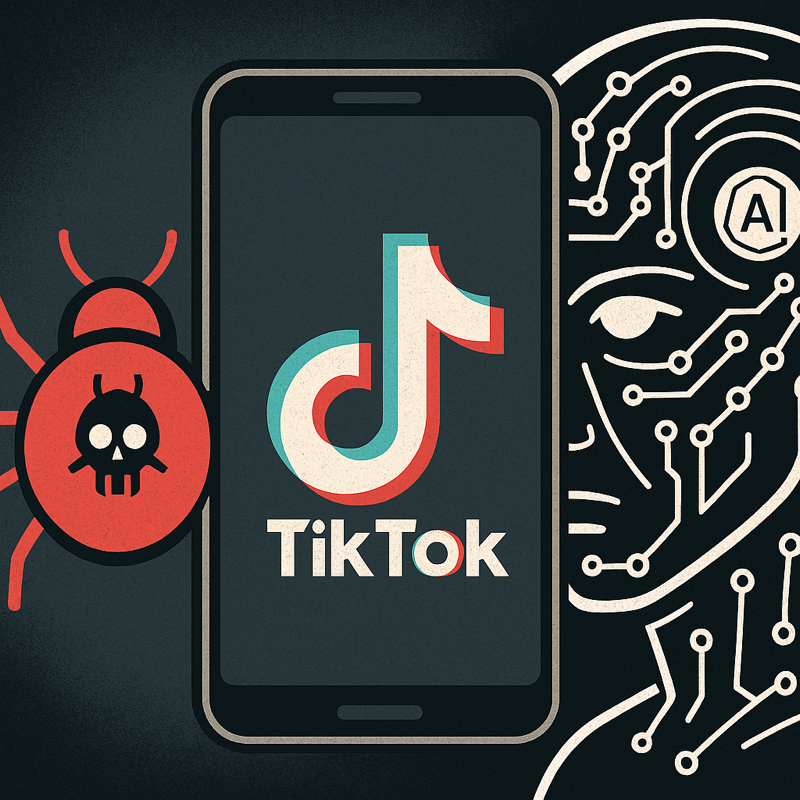Cybercriminals are using AI to create fake TikTok tutorials that utilize promising free premium software. That “free” promise tricks users into running malicious PowerShell scripts that install malware. The deceptive campaign spreads fast, leveraging TikTok’s algorithm to reach hundreds of thousands.
What’s Happening & Why This Matters
Trend Micro reveals that videos offer free access to apps like Spotify, Microsoft Office, and CapCut. Viewers receive step-by-step commands to run on their computers. At first glance, these commands seem harmless. But secretly, they download information — they are data-stealing malware.
This malware targets sensitive data, including login credentials, credit card details, and two-factor authentication codes. It also disables security by adding folders to Windows Defender’s exclusion list, avoiding detection.
How the Scam Works
The videos use voiceovers or on-screen instructions to guide users through running PowerShell scripts. These scripts execute remote commands to compromise devices. Because no malicious code is hosted on TikTok itself, platforms can’t easily block or detect these attacks.
A single TikTok video promising to “Boost your Spotify Experience instantly” has almost half a million views. AI helps scammers produce and customize such videos rapidly, tailoring attacks to different audiences.
Protecting Yourself from TikTok Malware
Trend Micro advises caution with unsolicited tech instructions. When receiving them, verify technical sources before following commands. Avoid running PowerShell scripts or downloading software from unknown links.
Users should report suspicious TikTok videos or messages to social media platforms. It’s best to stick with trusted sources for software and updates.
Impact
This scam represents a growing threat: AI-generated content can quickly amplify cyberattacks and shape how social engineering evolves with new technology, targeting everyday users on popular apps.
Security experts warn that as AI tools improve, scams like this will become more frequent and sophisticated. Users must stay vigilant and maintain strong cybersecurity habits.
TF Summary: What’s Next
AI-powered fake tutorials on TikTok are a new front in malware distribution, using social engineering to hijack devices. Users should treat unknown technical instructions online with skepticism and avoid executing commands from untrusted sources.
Cybersecurity firms and platforms require better tools to detect such AI-driven scams as they become more widespread. Education on digital hygiene remains essential to protect personal and financial information.
— Text-to-Speech (TTS) provided by gspeech


